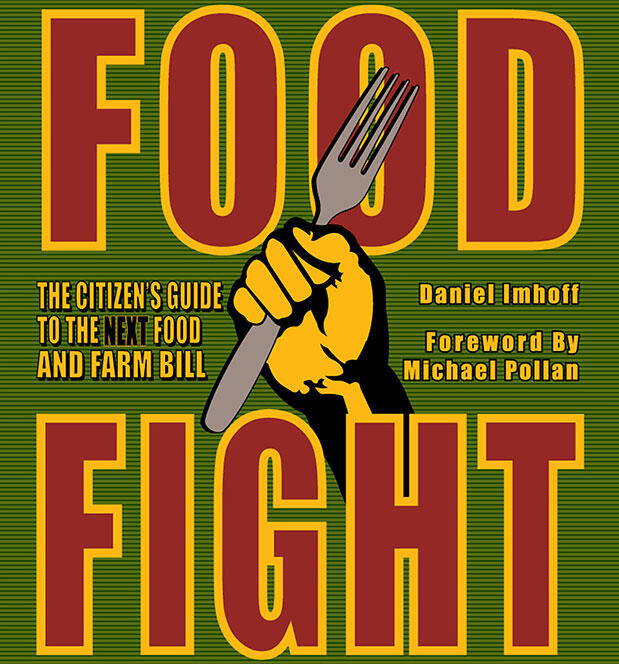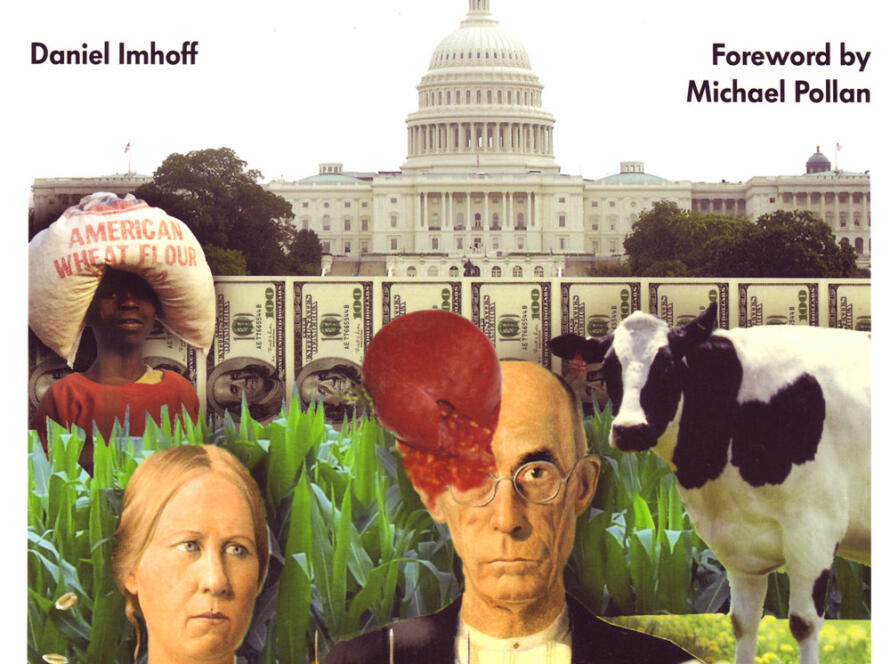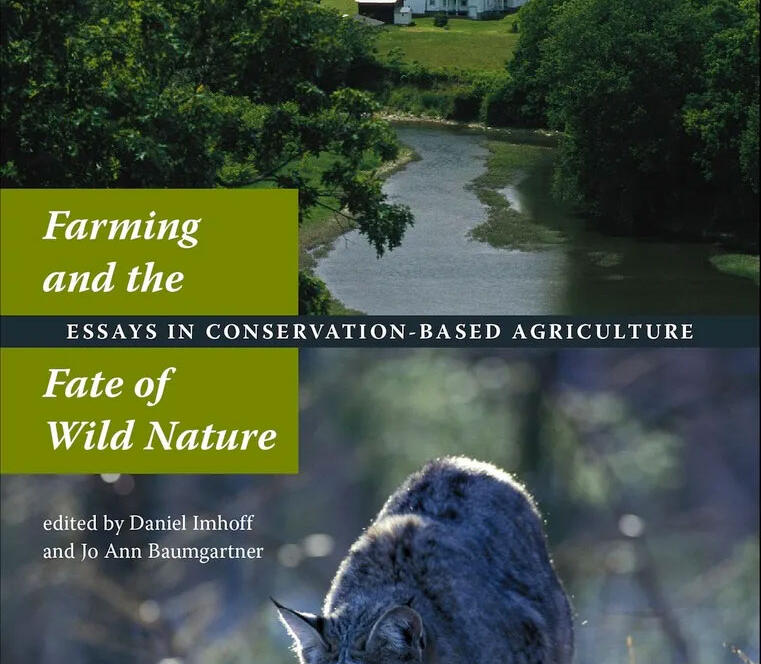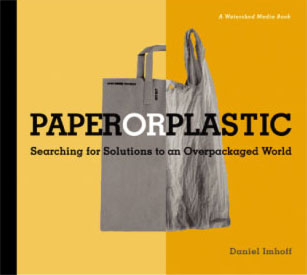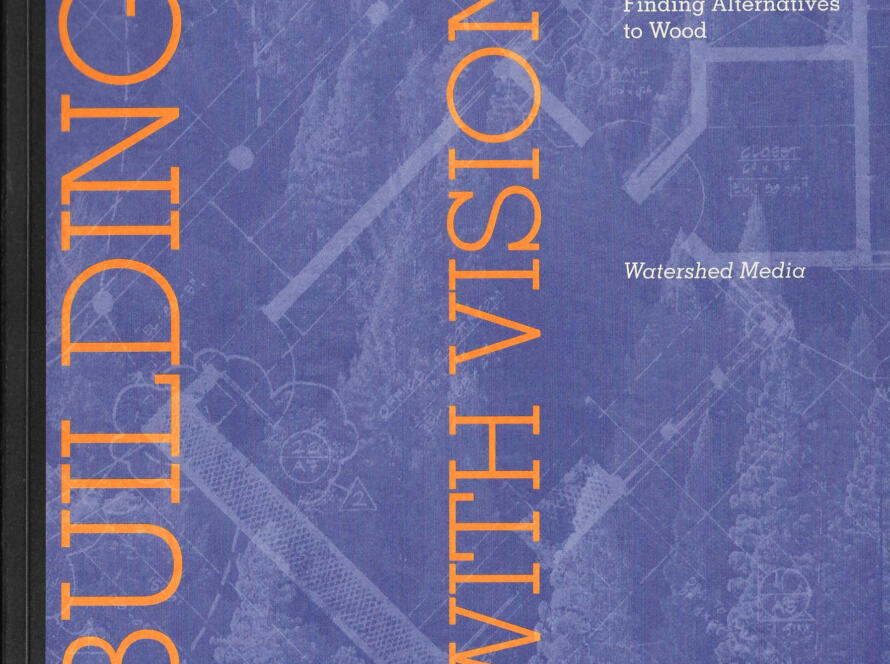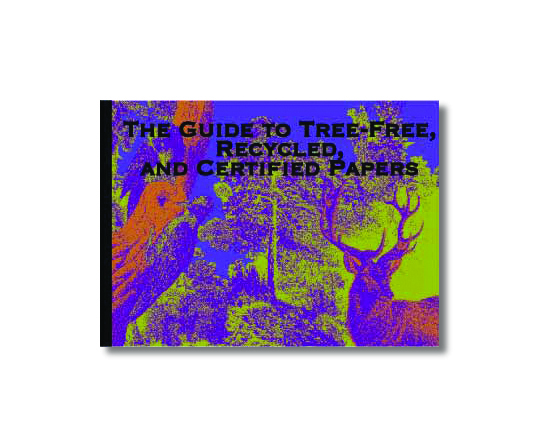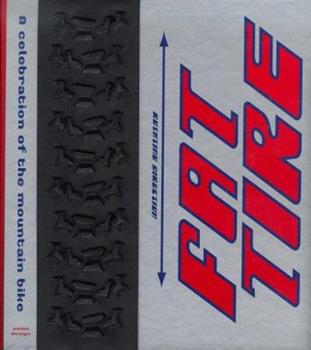Dan Imhoff has written hundreds of articles and essays as well as numerous books on topics ranging from food and agriculture to conservation and ecological design. His work has appeared in the Los Angeles Times, The Nation, Atlantic Monthly and dozens of publications. He was the lead author on CAFO: The Tragedy of Industrial Animal Factories, awarded the Nautilus Gold Prize for Investigative Reporting in 2011. Other books include: The Farm Bill: A Citizen’s Guide (2018); Food Fight: The Citizen’s Guide to the Next Food and Farm Bill (2007, 2012); Farming and the Fate of Wild Nature: Essays in Conservation-Based Agriculture (2006); Paper or Plastic: Searching for Solutions to an Overpackaged World (2005); Farming with the Wild: Enhancing Biodiversity on Farms and Ranches (2003); and Building with Vision: Optimizing and Finding Alternatives to Wood (2001). Imhoff’s work has directly contributed to the founding of nonprofit organizations such as the Wild Farm Alliance and Animal Agriculture Reform Coalition. He has popularized the importance of critical legislations, such as the US Farm Bill, and helped catalyze California’s landmark fee on disposable plastic bags.
The Farm Bill: A Citizen’s Guide
Introduction by Marion Nestle
As Marion Nestle writes in the book’s introduction, this is “required reading for anyone who cares about what we eat.” When Island Press asked me to update my popular “translation” of the the Farm Bill for yet a third consecutive legislative cycle, I enlisted the help of a public health policy specialist, Christina Badarracco. Negotiated every five to seven years, this legislation continues to have tremendous implications for food production, nutrition assistance, habitat conservation, international trade, and national security. Yet at nearly 1,000 pages, it is difficult to understand for policymakers, let alone citizens. In this primer, I once again worked to unpack all the legalese and political jargon into a highly accessible, graphics-rich 200 page volume.
Purchase on Amazon
Food Fight: The Citizen’s Guide to the Next Food and Farm Bill
Foreword by Michael Pollan
This was the second edition of my farm bill citizen’s guide series. It was updated because so much had changed in the period between the first edition and reauthorization of the legislation — namely, the 2008 financial crisis. Originally published in 2007, Food Fight was a highly acclaimed primer on the 2008 Farm Bill. This was a completely updated and expanded edition, as the debate for 2012 was underway. By deconstructing and demystifying the complicated and challenging Farm Bill, Food Fight helped communities around the country to gain a seat at the bargaining table, and ultimately, to vote with their forks.
Purchase on Amazon
The CAFO Reader: The Tragedy of Industrial Animal Factories
Available in a Japanese language edition.
The CAFO Reader is a companion book to the larger photo-essay volume, CAFO: The Tragedy of Industrial Animal Factories. It is possibly the most powerful indictment of factory farming ever compiled, with essays from 44 of the world’s leading experts. It also offers a vision for a food system that leaves behind the horrific 20th century model of Concentrated Animal Feeding Operations. The CAFO Reader brings the tragic world of industrial food production into sharp focus with essays on every facet of factory farming: health, environment, animal welfare, labor, politics, economics, and so on. It has become a relied-upon resource for activists, food policy makers, academics, the media and the general public for many years. This project was a follow-up to the highly successful project Fatal Harvest, published in 2002.
Purchase on Amazon
CAFO: The Tragedy of Industrial Animal Factories
Foreword by Doug Tompkins
Winner of the 2011 Nautilus Gold Prize for Investigative Reporting.
CAFO is unlike almost any large format photo book you’ve ever laid eyes on. It provides an unprecedented view of Concentrated Animal Feeding Operations where an increasing percentage of the world’s meat, milk, eggs, and fish are produced. As the 4,000 photos and dozens of essays in this powerful book demonstrate, the rise of the CAFO industry has become one of the most pressing issues of our time. Industrial livestock production is a leading source of climate changing emissions, a source of water pollution, and a significant contributor to diet-related diseases, and the spread of food-borne illnesses. The intensive concentrations of animals in crammed and filthy conditions dependent on antibiotic medicines and steady streams of subsidized industrial feeds poses serious moral, ethical, ecological and financial considerations for all of us. CAFO takes readers on a behind-the-scenes journey into the alarming world of animal factory farming and offers a compelling vision for a food system that is humane, sound for farmers and communities, and safer for both consumers and the environment.
Purchase on Amazon
Food Fight: A Citizen’s Guide to the Farm Bill
Preface by Fred Kirschenmann, Foreword by Michael Pollan
In the winter of 2006, I began a series of citizen’s guides on the Farm Bill. Every five years, the U.S. Congress passes a little understood legislation that is primarily accountable for setting the budgets and work plans for the U.S. Department of Agriculture. The Farm Bill is anything but bureaucratic trivia. It is an essential economic and policy engine that drives the food and farming system and provides nutritional assistance to tens of millions of Americans–many of them children. It also finances some of the country’s most significant conservation programs. Thanks to Food Fight, more and more citizens are realizing just how much is at stake in this political chess game. The book traces how the legislation has evolved, from its first incarnation during the Great Depression, to today, when America has become the world’s leading agricultural powerhouse. Readers learn, perhaps most importantly, the battles that determine the direction of food policy in the coming years.
Purchase on Amazon
Farming and the Fate of Wild Nature: Essays on Conservation-Based Agriculture
This book takes up where its predecessor, Farming with the Wild, left off. I co-edited it with my long-time colleague, Jo Ann Baumgartner, director of the Wild Farm Alliance. Featuring a wide range of in-depth essays, articles, and other materials by such authors as Aldo Leopold, Wendell Berry, Michael Pollan, and Fred Kirschenmann, this book persuasively demonstrates that farm and ranch operations which coexist with wild nature are necessary to sustain biodiversity and beauty across the landscape. In fact, as this invaluable educational resource demonstrates, both are essential in the challenge of building sane, healthy, and resilient human societies.
Purchase on Amazon
Paper or Plastic: Searching for Solutions to an Overpackaged World
Foreword by Randy Hayes
This was the final installment in Watershed Media’s Wood Reduction Trilogy. The simple supermarket choice echoed in the book’s title epitomizes the dilemma of a society on a collision course with the planet’s life-support systems. Up to one-third of America’s municipal solid waste — now over 1,700 pounds per person each year— is packaging. The “upstream” costs in energy and resources used to make packaging are even more alarming. I painstakingly unwrapped the packaging problem to give consumers, product designers, and policymakers the information they need to take steps toward a more sustainable future. This book was instrumental in the City of San Francisco’s groundbreaking zero waste policy and plastic shopping bag ban. While the statistics on packaging waste have only gotten dramatically worse, the analysis remains remarkably on point. Paper or Plastic received a 2006 IPPY Award in the Environment/Ecology/Nature category.
Purchase on Amazon
Farming with the Wild: Enhancing Biodiversity on Farms and Ranches
Foreword by Fred Kirschenmann
Featuring profiles from more than 20 states and illustrated with over 200 color photographs, Farming with the Wild offers a compelling vision of farming and ranching operations integrated into regional networks of protected wildlands. This book chronicled my journeys to the far reaches of the United States (as well as Chile and Mexico) in search of farmers, ranchers, government agencies, and nonprofit organizations who are striving to develop and renew successful agricultural practices that are compatible with wild nature. Combining elements of travelog, photo essay, and resource guide, it provides valuable information and inspiration for conversationists, farmers, ranchers, gardeners, students, landowners, and anyone interested in a truly sustainable future for agriculture and biodiversity. Farming with the Wild was awarded the 2004 “Most Likely to Save the Planet” distinction from the Independent Publisher Book Awards.
Purchase on Amazon
Building with Vision: Optimizing and Finding Alternatives to Wood
Preface by Randy Hayes, Foreword by Sam Van der Ryn
This book combined environmental philosophy, life cycle analysis, and dramatic visuals to detail alternatives to tree-dependent building construction. Building with Vision is packed with information and inspiration: concise overviews, original photographs, resources for further research, dozens of case studies and sidebars that encourage healthy construction by minimizing forest destruction. Over 1,000 copies of Building with Vision were sent to members of the US Green Building Council when that organization was in a formative period.
Purchase on Amazon
The Simple Life Guide To Tree-free, Recycled and Certified Papers
Foreword by Randy Hayes
Graphic designer Roberto Carra and I began a series of books in the late 1990s detailing how citizens can reduce or optimize wood reduction in their everyday lives. The trilogy — somewhat inspired by the large format book Clearcut — would take seven or eight years to complete. This small volume addressed the topic of tree-free, recycled and certified papers: explaining fiber categories, profiling pioneers of the tree-free paper industry, and offering insights on creating more environmentally preferable projects. It even included a swatch section with 17 different paper samples, printed in 4 color process and individualized for handy reference. On publication day, the Guide was shipped gratis to members of an organization of 8,000 graphic designers.
Out of Print
Fat Tire: A Celebration of the Mountain Bike
Foreword by Joe Breeze
In 1997 designer Lee Jakobs asked me to write the text for a Chronicle Book on mountain bikes. The subject matter was somewhat familiar. I’d once ridden a Diamond Back Apex from Nice, France to the former Yugoslavia over the French, Italian, Swiss and Austrian Alps. Plus my dear friend Roberto Carra was doing the photography and layout. Fat Tire is a history and celebration of these agile, adventuresome, all-terrain machines. Inside are hundreds of amazing photos, interviews with the founders, profiles of champions, and the ever evolving technology of the bicycle. Along with a number of contributors, including Joe Breeze, this is a glorious, full-color, snap shot of the culture, equipment, terrain, and innovators of the most popular evolution of the bicycle ever. That’s real tire tread on the cover — if you can still find a copy.
Purchase on Amazon



